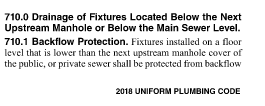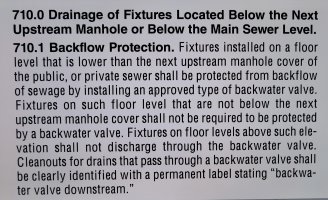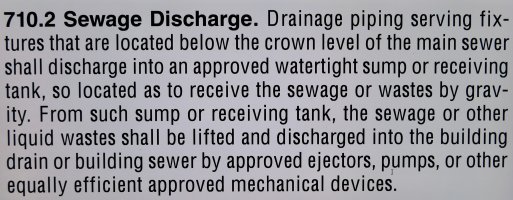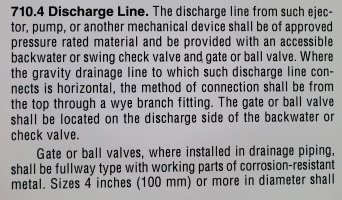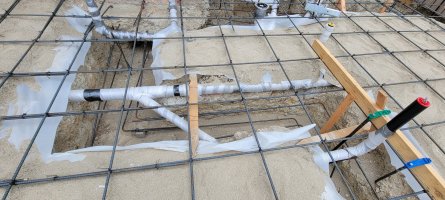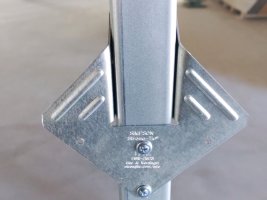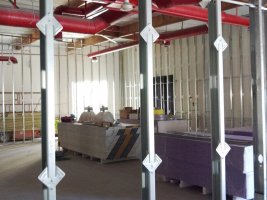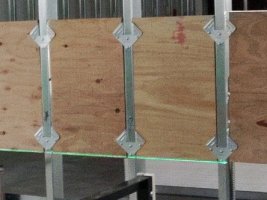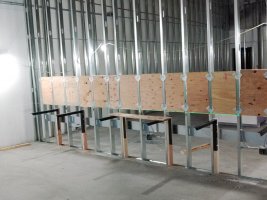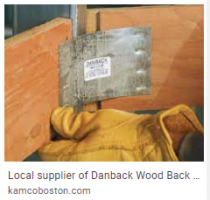steveray
SAWHORSE
Hunh.....Finally something where IPC is tighter than UPC/ CPC....
P3008.1 Sewage backflow. Where the flood level rims of
plumbing fixtures are below the elevation of the manhole
cover of the next upstream manhole in the public sewer, the
fixtures shall be protected by a backwater valve installed in
the building drain, branch of the building drain or horizontal
branch serving such fixtures. Plumbing fixtures having flood
level rims above the elevation of the manhole cover of the
next upstream manhole in the public sewer shall not discharge
through a backwater valve.
Unless you are just saying it is a flat area and that is why it is not required?
P3008.1 Sewage backflow. Where the flood level rims of
plumbing fixtures are below the elevation of the manhole
cover of the next upstream manhole in the public sewer, the
fixtures shall be protected by a backwater valve installed in
the building drain, branch of the building drain or horizontal
branch serving such fixtures. Plumbing fixtures having flood
level rims above the elevation of the manhole cover of the
next upstream manhole in the public sewer shall not discharge
through a backwater valve.
Unless you are just saying it is a flat area and that is why it is not required?

